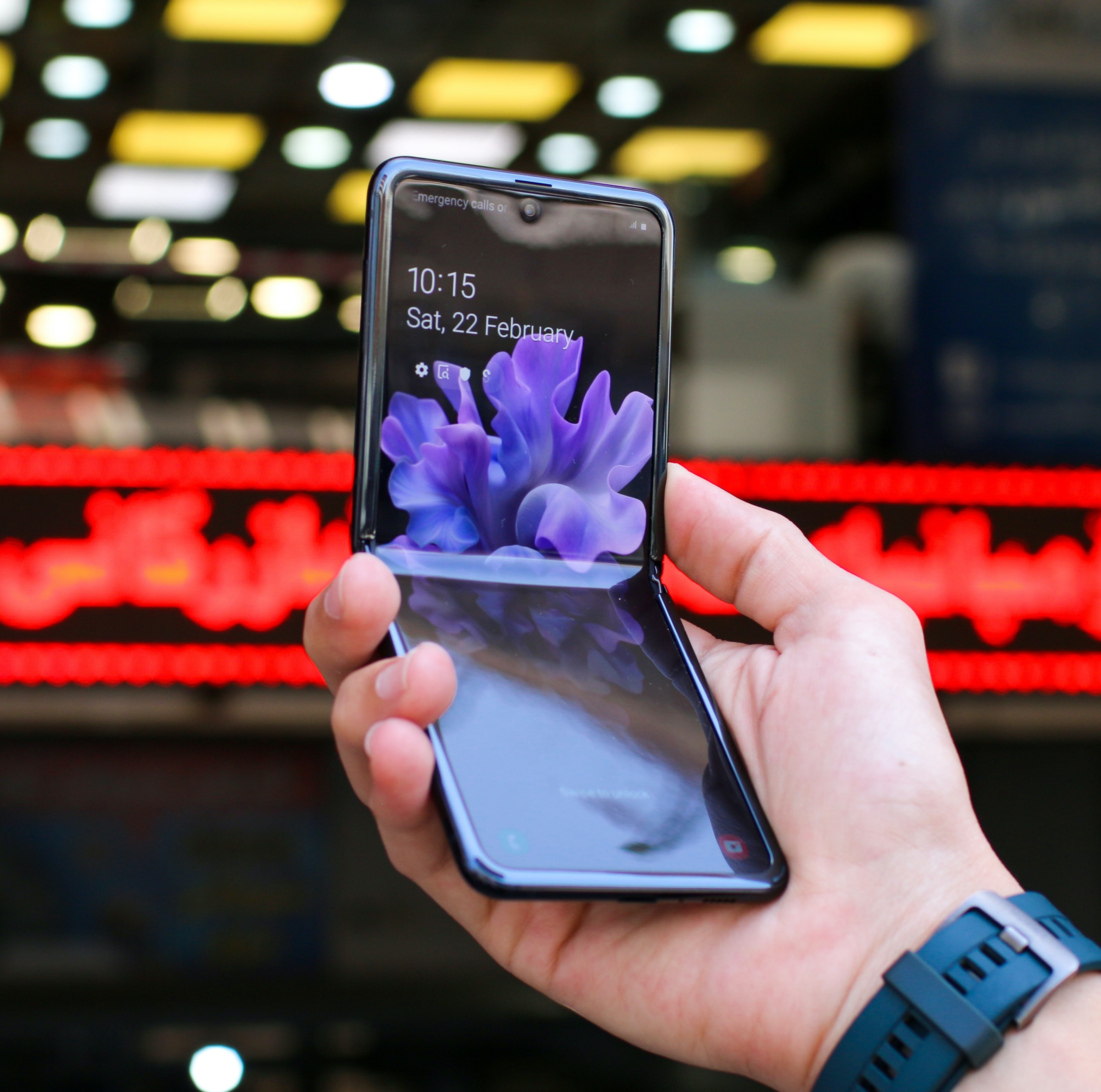6 top app trends to watch out for in 2022
- Tuesday, January 18th, 2022
- Share this article:
Andy Joyce, Senior App Developer, Doug Todd, Flutter Developer, and Monika Sonawane, iOS Developer at EPM Digital, offer their app trend predictions for 2022.
 In 2008 when the iOS app store launched, there were a mere 500 apps to choose from, and now users have over 1.85m different apps available to download. Android users have even more, with a staggering 2.56m apps available to choose from on the Google Play store.
In 2008 when the iOS app store launched, there were a mere 500 apps to choose from, and now users have over 1.85m different apps available to download. Android users have even more, with a staggering 2.56m apps available to choose from on the Google Play store.
With technology constantly evolving, app development trends are always changing and surpassing limitations. With the rise of VR and AR, cross-platform frameworks and low-code development make for a much quicker and more cost-effective process for app developers. We will see apps continue to seamlessly integrate into our daily lives and become a functional part of every day. So what can we expect to see in 2022? Here’s our take on things…
Wearables Wearable technology, also known as “wearables,” is a category of electronic devices that can be worn as accessories, embedded in clothing, implanted in the users body, or even tattooed on the skin. The rapid adoption of such devices has placed wearable technology at the forefront of the Internet of things (IoT). These can be suitable for a range of fields including health and medicine, fitness, ageing, disability, education, transportation, enterprise, finance, gaming, music and so on. The goal is to smoothly enter the daily lives of individuals and become a functional part of them. Wearables consolidate the functionality of multiple devices into a single, integrated system.
Wearable technology, also known as “wearables,” is a category of electronic devices that can be worn as accessories, embedded in clothing, implanted in the users body, or even tattooed on the skin. The rapid adoption of such devices has placed wearable technology at the forefront of the Internet of things (IoT). These can be suitable for a range of fields including health and medicine, fitness, ageing, disability, education, transportation, enterprise, finance, gaming, music and so on. The goal is to smoothly enter the daily lives of individuals and become a functional part of them. Wearables consolidate the functionality of multiple devices into a single, integrated system.
The advantages of wearables include real-time health monitoring of vital statistics, providing more timely data for analysis, and helping to set and track fitness and wellbeing goals.
Low-code app development
A low-code development platform is an application that provides the graphical user interface for programming and thereby develops the code at a high-speed rate and reduces the traditional programming efforts. Low-code platforms simplify, accelerate and reduce the cost of application development compared to conventional methods, which can be very attractive for busy IT departments. The transformative potential of low-code development is limitless. These platforms not only help with coding, but also with quick setup and deployment, reducing development costs; providing scalability; improving developer productivity, collaboration and agility; enabling faster decision making; removing redundancies; reducing risks; and ultimately getting your projects done.
Cross-platform frameworks
In 2022 we will continue to see the rise of Cross-platform frameworks. While there are a number of different frameworks available, the main two are: React Native, created by Facebook, and Flutter, created by Google.
The benefits of using cross-platform frameworks are quicker development, as there is only one codebase to develop instead of two (Native iOS/Android). Because of the single codebase, it is used for fast prototyping, and a single codebase means less costs, which is ideal for startups with a shorter time to market.
EPM used the Flutter Framework when developing the MENTOR360 app to help it get up and running quickly, while needing to write only a single codebase.
Internet of Things
Well continue to see the rise of IoT devices that can be controlled from mobile apps, especially apps that are linked to smart home devices. The Internet of Things has great accessibility and is very flexible; people love to be able to control an interconnected device from anywhere around the world – great for things like remotely turning your thermostat up on the way home or switching lights on. Theres also a lower cost in the app development process in comparison with the interactivity and innovation you get with IoT.
AR and VR Another trend that we see in the future is a lot more AR and VR, primarily because phones are getting more advanced in terms of processing and the camera technology itself.
Another trend that we see in the future is a lot more AR and VR, primarily because phones are getting more advanced in terms of processing and the camera technology itself.
The latest iPhones and iPad Pro now have LiDAR cameras and allow you to map your environment in 3D. This would be great for apps that require 3D modelling, because it is easier to model if you have something to start from. When creating assets for games or animation, you could just scan the objects with your phone with an app, and then it will generate a 3D model, which you can then put into 3D software and use that without having to create a model from scratch.
In addition, VR headsets are becoming more mainstream, and apps can harness the increasing power of phones as part of the headset. Putting a phone inside a cardboard headset will allow you to use the phones screen and the processing power to play games or productivity-related tasks in virtual reality.
Facebook’s new Metaverse has a whole world of possibilities, and a phone as part of a VR headset will make Metaverse easier and more accessible for all, so that users won’t have to purchase one of the more expensive all-in-one VR headsets that are currently available on the market.
Foldable Screens Mobile phones have been evolving to the point where theyre almost perfect and with foldables, there are a lot of opportunities. For example, with YouTube, you can view the video on one half of your screen, and on the other half you can scroll through comments. A new wave of apps will make use of dual-screen technology, where apps can present extra information in the second screen with the extra real estate. For example, with Zoom, you could use the primary screen for video and then the chat for the secondary screen.
Mobile phones have been evolving to the point where theyre almost perfect and with foldables, there are a lot of opportunities. For example, with YouTube, you can view the video on one half of your screen, and on the other half you can scroll through comments. A new wave of apps will make use of dual-screen technology, where apps can present extra information in the second screen with the extra real estate. For example, with Zoom, you could use the primary screen for video and then the chat for the secondary screen.
In summary, we feel 2022 is going to be a great year for apps and app developments as the devices, technology and mobile infrastructure all develop and improve. If you’d like to talk further about the opportunities ahead, please get in touch.
















